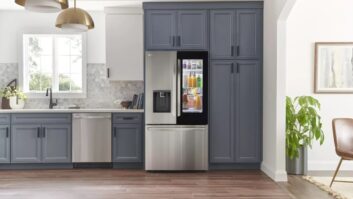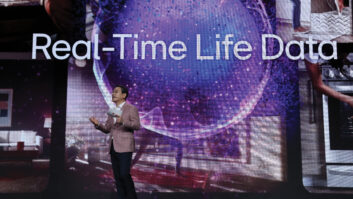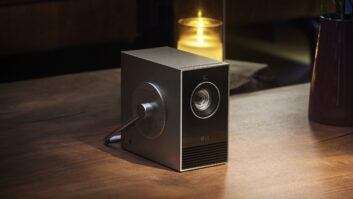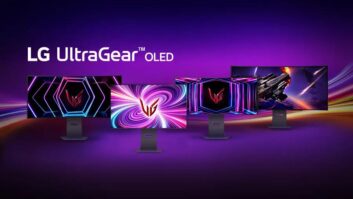Englewood
Cliffs, N.J. – LG
Electronics USA has enlisted UL Environment, a subsidiary of Underwriters
Laboratories, to evaluate the manufacturer’s water and energy consumption claims
for its major appliance and CE products.
LG is the first CE/majap vendor to enroll in the lab’s Environmental
Claims Validation program, which is designed to provide manufacturers with a
new source for independent,
third-party green claims validation.
To date, UL Environment has corroborated LG’s energy and water savings claims
for it WM3001HWA SteamWasher, and for
the overall energy consumption of its 47LH90 LCD TV in both “on” and “standby” power
modes.
The tested models were all purchased at retail.
Test results showed that the LG SteamWasher uses a minimum of 50 percent
less water and energy than Energy Star requirements effective July 1, 2009, and
exceeds 2011 requirements for energy consumption by at least 35 percent and
water consumption by at least 40 percent.
The LG LCD TV uses a minimum of 70 percent less energy than required by
Energy Star 3.0 requirements in standby mode, lab tests showed, while using a
minimum of 40 percent less energy in the on mode than Energy Star 3.0
requirements.
“Using this comprehensive
UL Environment third-party testing program to validate environmental claims
such as energy and water efficiency will instill further confidence in our
products’ performance and will help maintain consumers’ confidence in voluntary
programs such as Energy Star,” said Teddy Hwang, president of LG
Electronics USA.
LG intends to expand its
participation in the UL Environment program to cover other product lines
including refrigerator-freezers, dish washers, plasma TVs and Blu-ray Disc
players.
UL Environment president Steve Wenc said the validation program’s rigorous,
independent testing process “brings a new level of confidence to consumers to
make informed purchase decisions when shopping for energy efficient products,”
while differentiating manufacturers in the increasingly competitive “green”
product space.











